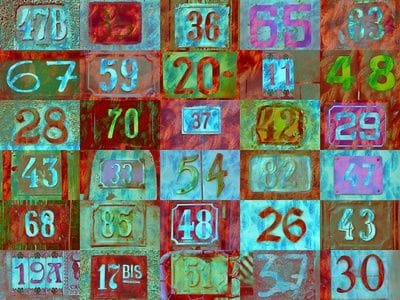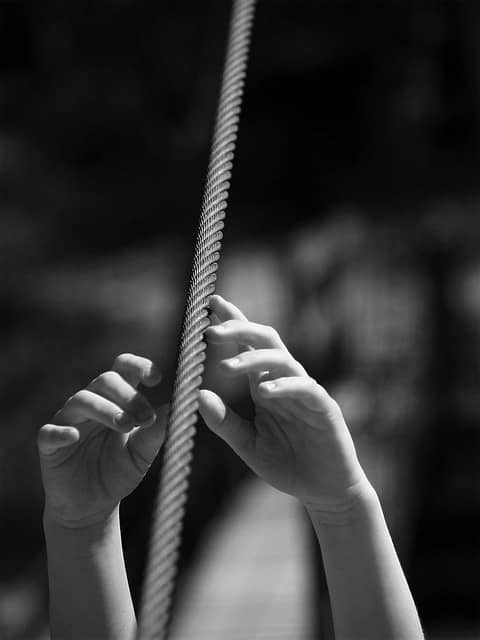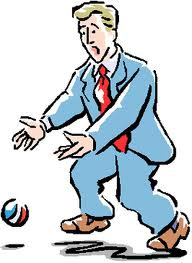Sequences
The Jazz community recently lost another great musician in pianist Mulgrew Miller. I have been a fan of his playing for years-especially his time with Woody Shaw. While thinking about his playing and some of his characteristics (and there are many) I loved the way he played sequences. In honoring Mr. Miller I thought this week’s post should be on using sequences in your improvisation.
What are sequences? There are two types of sequences you will find in jazz: melodic and rhythmic.
- A melodic sequence is the repetition of a line at a different pitch.
- A rhythmic sequence is simply the repetition of a rhythmic line.
Both types of sequences are not hard and fast rules. A melodic sequence can be exact interval repeats (digital patterns) or different notes entirely. The general outline or shape of the line is what is repeated. It can have a different rhythmic pattern or the exact rhythm pattern repeated (but with the notes changing).
We are going to look at an example and how we can sequence a pattern. Below is our basic pattern that we are going to use throughout this post.
The next example takes our pattern above and uses a sequence over the first part of a 4-bar progression. This example takes the exact pattern and modulates it to the next chord. In this example we keep the same rhythm as the original:
You do not have to keep the exact rhythm to create a sequence. The next example takes the idea from above and rhythmically anticipates the F# going to the D7:
Another way you can continue the sequence is by keeping the rhythm and shape of the original pattern, but changing the notes so they fit the next chord:
That same idea could be repeated over the entire progression, but you may want to add other elements to the idea to keep it from going stale. A few ways to do that is to compress the rhythm down or expand the rhythm out:
In the final example below we take some of the different elements of sequencing above and put them into the 4-bar progression (I-VI7-ii7-V7):
I hope this post has added value to you and your playing in some way and that you can start adding sequencing to your improvisational tools. For more information on how you can use digital patterns for sequencing, check out my book Targeting: Improvisation With Purpose. For more information on how you can rhythmically energize your improvisation check out Breaking the Monotony at my Digital Store










